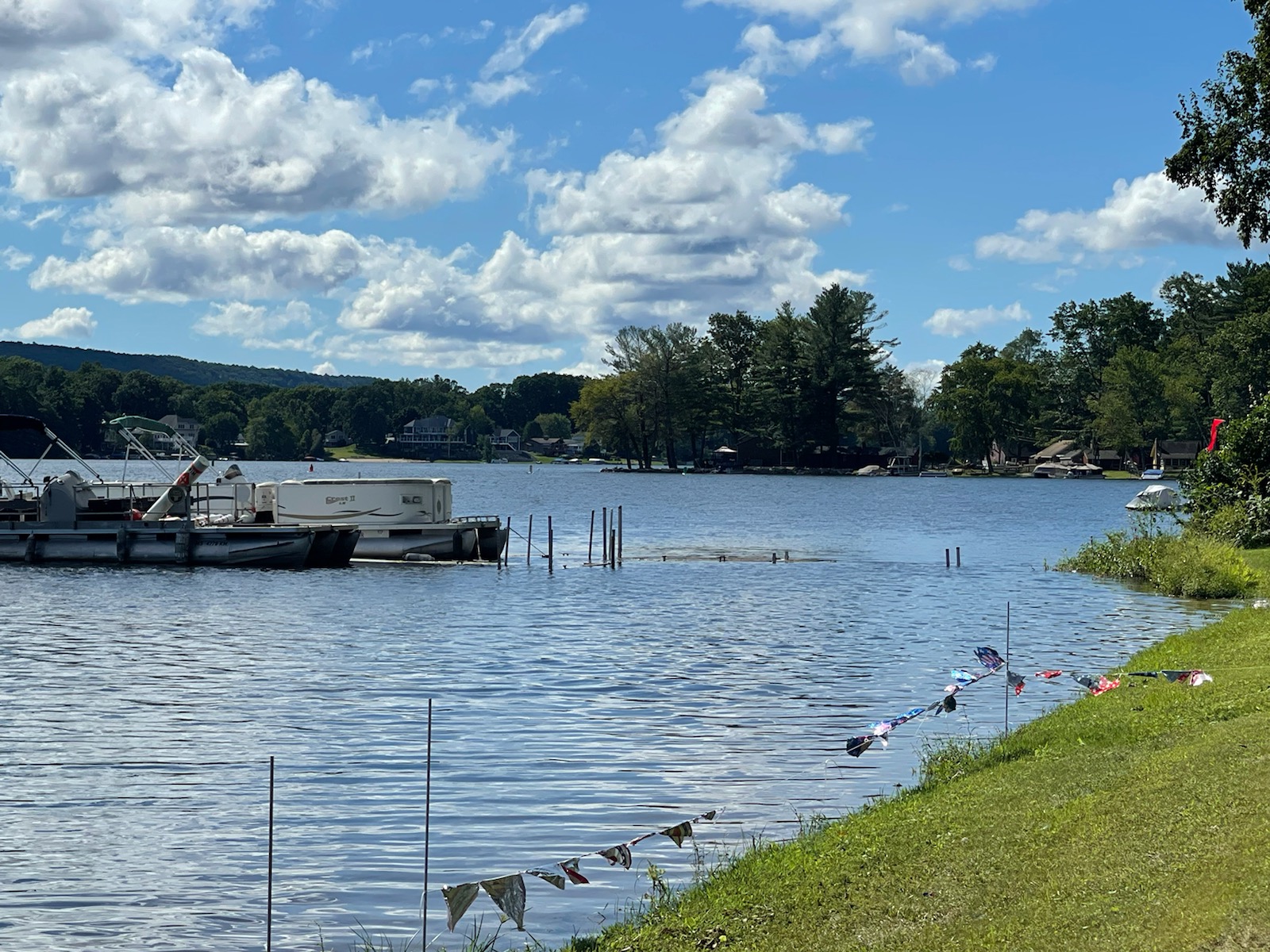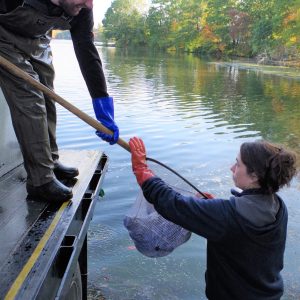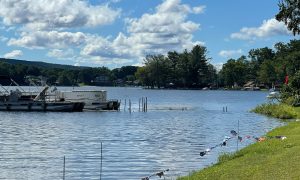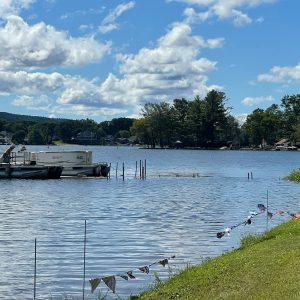SOUTHWICK — The Lake Management Committee may vote later this winter to set water level of Congamond Lake to 2 inches below its normal level, in response to the Labor Day weekend shutdown of the lake due to Tropical Storm Ida.
Committee member Eric Mueller said that he had conducted some simulations of what effect different lake levels would have on surrounding properties and the lake itself. He said that dropping the water level to 222.4 inches, 2 inches below the nominal level of 224.4, could help prevent the overflow of the lake in the event of another heavy rainfall event.
When Ida blew through New England in September, it dropped a significant amount of rain after a summer already notable for its high amount of rainfall. This resulted in the rapid rise of the lake level to the point where there were legitimate concerns about erosion of the shoreline and of the properties along the lake.
As a result, Congamond Lake was closed to motorized boat traffic for a full week, including Labor Day, usually one of the busiest weekends for boating.
“Dropping the level 2 inches will prevent erosion, and with large rain events, we will be 2 inches further from trouble,” said Mueller.
The lake level is likely to remain untouched by human interference for at least the winter, as winters can be “dry” in the sense that they don’t have much precipitation that would affect the lake levels. Mueller said that the lake level should be lowered on or around April 1. The Lake Management Committee may vote on the matter later in the winter.
Though the problem at hand came from a rapid rise in the lake level, committee members also expressed concern over the idea of the lake level being too low. Mueller said that in the past 11 years, the lake level has only dropped significantly twice. The first time was in 2016, when an unknown person operated the weir gates that control the water level, causing it to drop artificially to the lowest levels on record.
The other time the lake level dropped was between Aug. 25 and Oct. 17, 2020, because of drought conditions at the time.
The majority of committee members were in favor of dropping the lake level, but they all agreed to wait until the spring to do anything.








